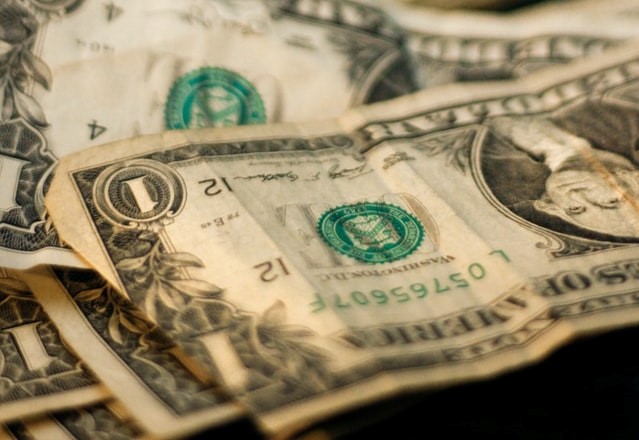
Europe | FX | Politics & Geopolitics | Rates

Europe | FX | Politics & Geopolitics | Rates
Summary
• The Russian invasion of Ukraine and resulting sanctions on Russia have seen energy prices surge and European financial markets tumble.
• EUR/USD implied volatility has jumped to its highest level since the COVID shock of March 2020, while risk reversals have fallen to their lowest level since 2012.
• While GBP/USD implieds increased greatly, the rest of G10 FX moved less aggressively. An escalation of the crisis, especially on sanctions, and a continued rise in oil prices could see that change.
This article is only available to Macro Hive subscribers. Sign-up to receive world-class macro analysis with a daily curated newsletter, podcast, original content from award-winning researchers, cross market strategy, equity insights, trade ideas, crypto flow frameworks, academic paper summaries, explanation and analysis of market-moving events, community investor chat room, and more.
Last week, we introduced two models for predicting US recessions using the slope of the yield curve (see below for more details). Both are showing a higher probability of recession than a week ago. Admittedly, the first model using the Fed methodology still only has a US recession probability of 4% (Chart 1). However, the second model, our favoured Macro Hive one, is now giving a probability of 41% (Chart 2). This is the highest probability since early 2020.
We agree with the high probability of recession. Oil prices are at their highest since 2008, and typically oil shocks lead to recessions. Moreover, the current high inflation dynamic makes it harder for central banks to pivot to easing. In fact, the Fed will initiate a hiking cycle at their next meeting (16 March). It also does not help that one of the largest economic blocs in the world, the euro area, could enter a recession off the back of the Russia-Ukraine conflict.
When long-term yields start to fall towards or below short-term yields, the curve flattens or inverts. This has often predicted a recession in subsequent months. One model from the Fed is based on the 3m10y curve and the second is our modified version based on the 2y10y curve. The two-year would better capture expectations for Fed hikes in coming years. It is therefore more forward-looking. So, our preferred yield curve is the 2y10y curve (10-year yields minus two-year yields).

Spring sale - Prime Membership only £3 for 3 months! Get trade ideas and macro insights now
Your subscription has been successfully canceled.
Discount Applied - Your subscription has now updated with Coupon and from next payment Discount will be applied.
With a recession more likely, how does this change the stance of Central Banks? In terms of hiking cycles?
Is it likely that recession will happen globally or just the US?